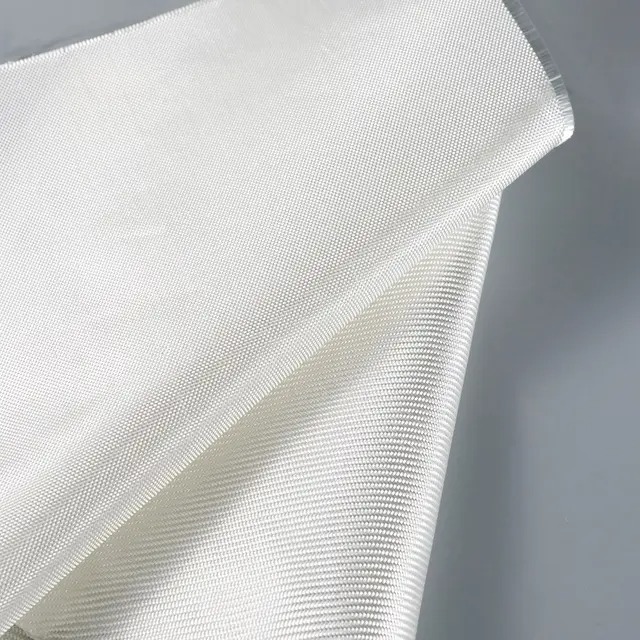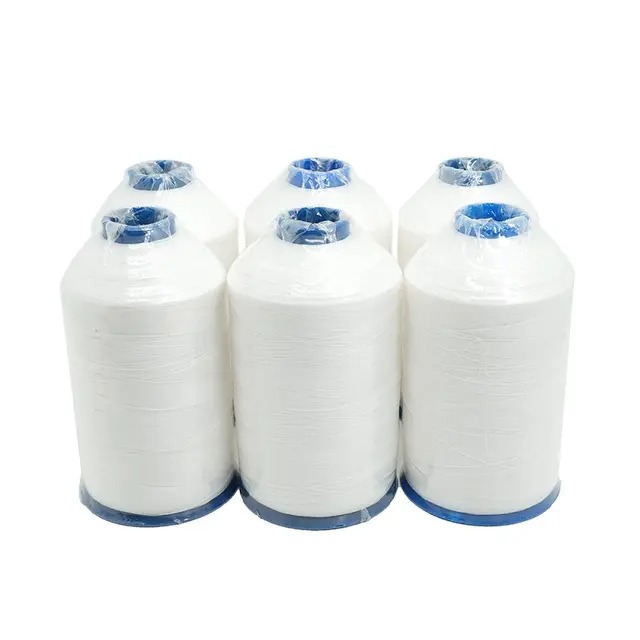
Introduction
Fiberglass cloth is a versatile, lightweight, and highly durable material widely used across industries. Whether you’ve encountered it in boats, cars, electronics, or even home renovations, fiberglass cloth provides strength, heat resistance, and adaptability that make it invaluable. Understanding what fiberglass cloth is used for helps businesses, DIYers, and engineers alike choose the right material for their projects. In this article, we’ll explore the practical applications of fiberglass cloth, analyze its strengths, and provide insights into why it’s such a preferred choice.
Reinforcement in Composite Materials
One of the primary uses of fiberglass cloth is as a reinforcement material in composite structures. Its woven fibers provide high tensile strength while keeping weight low.
Marine Applications
In boatbuilding, fiberglass cloth is laminated with resin to form strong, waterproof hulls. Unlike wood or metal, fiberglass does not rot or corrode, making it ideal for marine environments. Sailboats, fishing vessels, and recreational boats often rely on fiberglass cloth to achieve a balance between performance and durability.
Automotive Reinforcement
In automotive manufacturing and repair, fiberglass cloth is commonly used for body panels, bumpers, and hoods. Its lightweight nature reduces overall vehicle weight, which improves fuel efficiency while maintaining structural integrity. Car enthusiasts also use fiberglass cloth for custom modifications and repairs.

Aerospace Structures
Fiberglass cloth has also found a role in aerospace engineering. While carbon fiber is stronger, fiberglass remains an affordable alternative for parts that require strength without excessive cost. Aircraft interiors, panels, and ducts often utilize fiberglass composites.
Comparison Table: Reinforcement Materials
| Material | Strength-to-Weight Ratio | Cost | Common Uses |
| Fiberglass Cloth | High | Low | Boats, cars, aerospace parts |
| Carbon Fiber | Very High | High | Aerospace, high-end vehicles |
| Kevlar | High (impact resistant) | High | Bulletproof vests, helmets |
Insulation and Heat Resistance
Fiberglass cloth’s ability to withstand extreme temperatures makes it a leading material in insulation and fireproofing.
Thermal Insulation
Fiberglass cloth is woven into heat-resistant blankets and wraps for furnaces, pipelines, and boilers. Its fibers trap air, creating effective thermal barriers that conserve energy and protect equipment.
Fireproof Curtains and Blankets
In industrial environments, fiberglass cloth is manufactured into fire blankets and welding curtains. These provide critical protection against sparks, molten metal, and open flames, ensuring worker safety.
Electrical Insulation
Because fiberglass cloth does not conduct electricity, it is commonly used in insulating electrical wires, cables, and transformer windings. This prevents short circuits and improves electrical safety in both residential and industrial settings.
Surface Protection and Coatings
Fiberglass cloth is not just about strength—it also excels in protecting surfaces.
Anti-Corrosion Layers
Applied with resin, fiberglass cloth serves as a protective layer over metal structures, shielding them from moisture and chemicals. This is especially valuable in pipelines, storage tanks, and chemical plants where corrosion can lead to costly damage.
Roofing and Waterproofing
In the construction industry, fiberglass cloth reinforces roofing membranes and waterproof coatings. It strengthens surfaces against cracking and enhances resistance to UV light and weather conditions.
Abrasion Resistance
Industrial machinery often uses fiberglass cloth liners to resist wear and tear. Its woven fibers withstand repeated friction, prolonging the lifespan of equipment.
Table: Surface Protection Benefits of Fiberglass Cloth
| Application | Benefit Provided |
| Metal Tanks & Pipelines | Prevents corrosion and rust |
| Roofing Membranes | UV and weather resistance |
| Machinery Surfaces | Increases abrasion resistance |
DIY and Hobbyist Applications
Beyond industrial use, fiberglass cloth is a favorite among DIYers and hobbyists.
Home Repairs:Fiberglass cloth is often used to patch cracks in walls, strengthen doorframes, and repair damaged furniture. When combined with resin, it forms a solid patch that’s both durable and long-lasting.
Custom Projects:Hobbyists working on surfboards, skateboards, or drones rely on fiberglass cloth for lightweight reinforcement. It allows for creative designs without compromising on performance.
Arts and Crafts:In artistic projects, fiberglass cloth helps create sculptures, molds, and decorative objects. Its ability to be shaped and layered makes it a flexible material for both structural and aesthetic purposes.
Industrial Safety Applications
Safety equipment manufacturers frequently use fiberglass cloth to protect workers in hazardous environments.
Protective Clothing:Firefighter uniforms, welding jackets, and high-heat protective gloves often contain fiberglass cloth. Its resistance to flames and high temperatures ensures that workers stay safe during dangerous tasks.
Welding Shields:Fiberglass cloth-based shields and curtains protect not just workers but also surrounding equipment from sparks and heat during welding operations.
Insulated Gloves and Mats:Electricians and mechanics use fiberglass-reinforced mats and gloves to ensure both heat and electrical safety, preventing accidents in high-risk environments.
Electronics and Circuit Boards
In electronics, fiberglass cloth is a hidden but crucial material.
PCB Substrates:Printed circuit boards (PCBs) often use fiberglass cloth as the base layer. Combined with epoxy resin, it provides stability, heat resistance, and electrical insulation, which are essential for reliable electronic devices.
Cable Reinforcement:Power and communication cables are wrapped with fiberglass cloth to strengthen them against bending, stretching, and external damage.
Heat Shields for Devices:Smartphones, computers, and other electronic gadgets use fiberglass cloth as part of heat management systems. This helps prevent overheating and extends device lifespan.

Construction and Infrastructure
Fiberglass cloth has steadily made its way into modern construction practices.
Reinforced Concrete:When added to concrete, fiberglass cloth improves tensile strength, preventing cracks and extending the life of infrastructure projects like bridges, tunnels, and highways.
Architectural Panels:Architectural facades and decorative panels often use fiberglass-reinforced laminates for their light weight, durability, and ability to hold complex shapes.
Seismic Reinforcement:Fiberglass cloth can be applied to existing buildings to reinforce structures against seismic activity, offering an affordable way to retrofit older constructions.
Conclusion
Fiberglass cloth is far more than just woven glass fibers—it’s a cornerstone material in industries ranging from marine and aerospace to construction and electronics. Its versatility, heat resistance, and strength-to-weight ratio make it an irreplaceable resource. Whether it’s reinforcing a boat hull, protecting a welder from sparks, or forming the backbone of your smartphone’s circuit board, fiberglass cloth continues to prove its value.
FAQs
1. Is fiberglass cloth safe to handle?
Fiberglass cloth is generally safe, but it can cause skin irritation during handling. Wearing gloves, masks, and protective clothing is recommended when cutting or sanding.
2. Can fiberglass cloth be painted?
Yes, once coated with resin and properly sanded, fiberglass cloth surfaces can be painted to achieve a smooth and finished look.
3. How strong is fiberglass cloth compared to metal?
While not as strong as steel, fiberglass cloth provides a high strength-to-weight ratio, making it excellent for lightweight reinforcement.
4. Does fiberglass cloth resist chemicals?
Yes, fiberglass cloth shows high resistance to many chemicals, making it suitable for protective linings in industrial environments.
5. Can fiberglass cloth be recycled?
Recycling fiberglass cloth is challenging due to its composite nature, but research into sustainable disposal and reuse methods is ongoing.

















